How to Use Succulent Monocultures for Streamlined Design
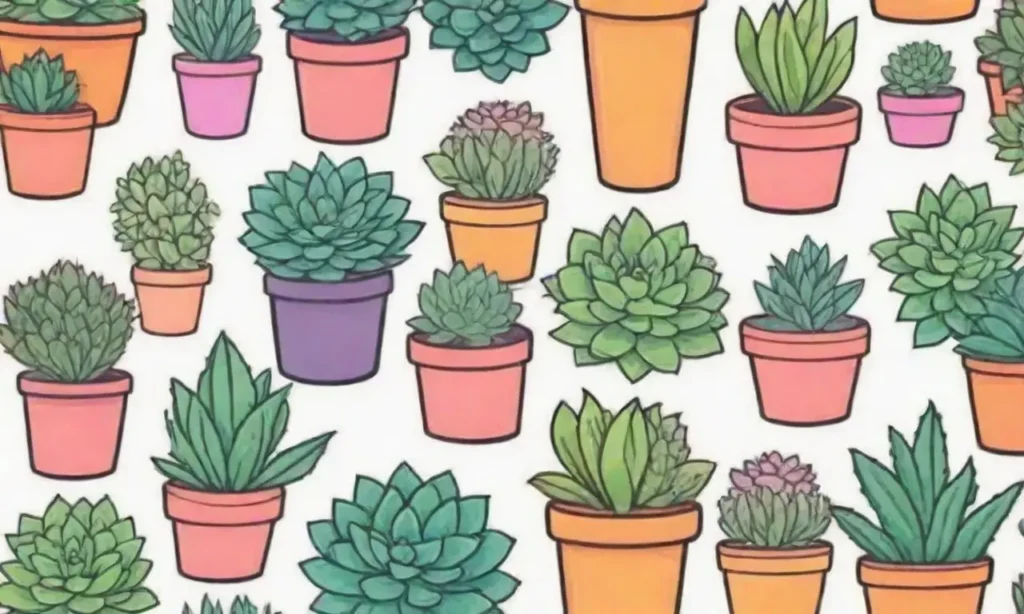
Introduction
Succulents have gained immense popularity over the past few years, not just for their unique beauty but also for their minimal care requirements. These hardy plants are not only true survivors but also offer a modern and clean aesthetic that appeals to gardeners and designers alike. As landscapes increasingly reflect a demand for low-maintenance yet visually striking designs, using succulent monocultures—a planting design that focuses solely on one type of succulent—offers a streamlined approach to gardening and landscaping.
This article aims to explore the concept of succulent monocultures in detail, highlighting their benefits, design principles, and the steps necessary to create stunning arrangements. We’ll dive into the different types of succulents, their individual attributes, the ecological advantages they provide, and how they can simplify maintenance while enhancing the visual appeal of any garden or indoor space.
Understanding Succulent Monocultures
When we refer to succulent monocultures, we are essentially discussing the practice of planting a single species of succulent in a designated area, rather than mixing various species to create diversity. This technique is rooted in the idea of simplifying care processes while allowing the beauty of particular succulents to shine. By focusing solely on one type of succulent, gardeners can design spaces that are visually cohesive and harmonious.
One of the primary appeals of succulent monocultures lies in their low maintenance requirements. Many succulents are drought-resistant and require minimal watering, making them an excellent choice for gardeners looking to reduce upkeep time. In regions where water usage is limited or restricted, succulent monocultures are not only practical but also an environmentally friendly choice. Planting monocultures can lead to water conservation, reducing the need for irrigation and promoting sustainable gardening practices.
Moreover, the beauty of opting for a single species can be seen in the density and uniformity of the arrangement. A field of vibrant Echeveria or lush Aloe Vera can create a beautiful visual that is both striking and serene. The use of color and form becomes profoundly impactful when viewed en masse, amplifying the unique characteristics of each plant.
The Benefits of Using Succulent Monocultures
Aesthetic Appeal
One of the most significant benefits of employing succulent monocultures in landscaping is the aesthetic appeal they generate. The visual texture created by several plants of the same kind can transform a dull garden into an impressive masterpiece. A single species can focus the eye, creating a clean and serene landscape that feels intentional rather than haphazard.
For instance, "Black Prince" Echeveria offers deep, dark colors that can be striking when grown in clusters. When viewed closely, observers can take in the intricate shapes and details of the leaves, providing an engaging experience for anyone visiting your garden. Such arrangements are ideal for contemporary designs, where simplicity and elegance are often paramount.
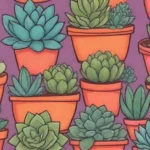 From Borders to Focal Points: Using Succulents Effectively
From Borders to Focal Points: Using Succulents EffectivelyFurthermore, because succulents come in various colors, sizes, and shapes, they enable diverse design aesthetics that can even be tied to specific themes. Using Sedum varieties, for instance, can create a Mediterranean or desert look that conjures specific geographical images, while Haworthia can lend an air of tropical sophistication. Thus, choosing a single species can help maintain a consistent theme, making the overall design more cohesive.
Ease of Maintenance
Managing a garden can often feel overwhelming, particularly when dealing with a variety of plant species that all have differing care needs. Succulent monocultures simplify this problem immensely. By using one type of plant, gardeners can tailor their care routines—such as watering schedules, fertilization, and pruning—to the conditions preferred by that specific species.
The maintenance aspect extends beyond just watering. Caring for a monoculture allows for a focused pest management approach, where understanding and addressing the unique vulnerabilities of a single succulent species rather than a mixed variety can lead to more effective solutions. This lets gardeners become adept at identifying and mitigating specific challenges related to that type of succulent, creating a more streamlined, efficient gardening experience.
In addition, when a garden contains a single species, it becomes easier to manage seasonal changes—observing how a plant behaves through different seasons will lead to better understanding and care strategies. As you get to know your chosen succulent species well, you will learn to predict its needs based on climatic changes, reducing the overall workload in your upkeep.
Environmental Impact
Using succulent monocultures contributes positively to the environment in several ways. As previously mentioned, succulents typically require less water compared to many traditional garden plants. By utilizing drought-resistant succulents, gardeners can water less frequently, which is increasingly important in areas affected by water scarcity or limited water resources.
Moreover, growing monocultures of succulents can support local ecosystems by providing specific habitats for native insects and animals. Certain species of succulents can attract beneficial pollinators, creating a healthy environment that promotes biodiversity even within a closing set of plant types.
Interestingly, succulent monocultures also reduce garden waste. When plants of mixed species die, they often need to be removed and replaced, contributing to green waste. In contrast, a monoculture allows for easy observation of plant health; any dying or unhealthy plants can be addressed quickly, reducing the need to constantly replace various species.
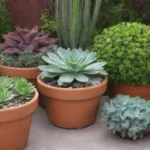 Creative Succulent Displays for Front Yards That Dazzle
Creative Succulent Displays for Front Yards That DazzleDesigning with Succulent Monocultures
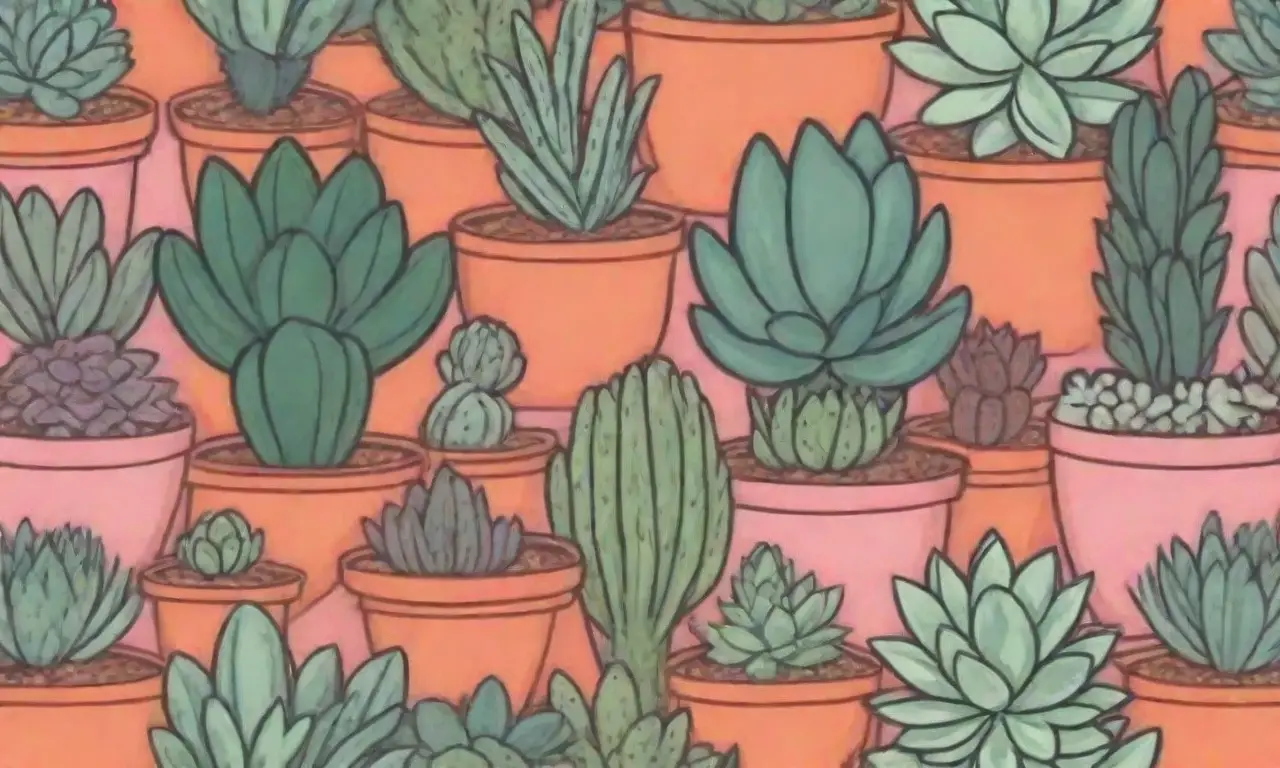
Choosing the Right Succulent
Before implementing succulent monocultures in landscaping, choosing the right succulent for your garden is vital. The type of succulent selected will directly affect the design and functionality of the space. Consider the climate in which you live and what succulents are best suited to thrive in those conditions. Varieties such as Agave, Aloe, and Sedum generally adapt well in many environments, making them excellent options.
It’s also essential to consider the scale of the space available. If you have ample room, larger succulents such as Agave Americana can make striking focal points, whereas smaller species like Haworthia can fill tight spaces and even work well indoors. When creating a monoculture landscape design, it is beneficial to utilize plants that provide diverse shapes, colors, and foliage thickness to maintain interest visually.
Another consideration involves the color palette you hope to achieve. Succulents can offer a variety of colors, from deep greens to brilliant reds and purples. Striking combinations of contrasting colors can make a lasting impression. Using thematic choices such as frost-hued plants or vibrant bloomers can help tie a garden together while using monochromatic color schemes can create a softer, calming effect that is visually pleasing.
Arranging Succulents Creatively
Once you have chosen your succulent variety, the next step in design involves arranging them creatively. To heighten visual interest, consider varying the textures and heights of the plants. Taller succulents can serve as backdrops while shorter species can fill the foreground, creating depth in the arrangement. Additionally, unusual repetitions or patterns can lead to intriguing visual designs, whether through organized rows or irregular clusters.
Designing with containers can also provide interesting structures for succulent monocultures. Unique pot designs, such as terrariums or vertical gardens, allow for creativity while using the same species. Combining succulents with contrasting materials—such as stone, wood, or metal—can further enhance the attractiveness of the design, creating striking landscapes.
Utilizing various layers in your design can also add depth. Plants can be arranged to flow naturally into one another, creating a tapestry of color and form. It is essential to allow enough room between the plants to facilitate airflow and avoid overcrowding, which can lead to rot or pest infestation.
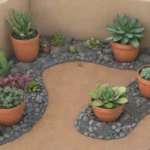 How to Use Succulents to Enhance Entryways and Pathways
How to Use Succulents to Enhance Entryways and PathwaysMaintaining Your Succulent Monoculture
Maintaining a healthy succulent monoculture involves regular monitoring. Observing the growth patterns and health of your succulents will signal when a plant shows signs of stress, allowing timely interventions. Regular pruning or removing dead foliage not only enhances aesthetic appeal but also prevents disease spread.
Additionally, ensure your chosen succulent variety has appropriate drainage. Many succulents are susceptible to root rot if overwatered, demanding that you provide well-drained soil or pots.
Finally, consider fostering a routine where you can easily check your plants’ needs—both where watering is concerned and potential fertilization. Using slow-release fertilizers suited to succulents can be beneficial, particularly if your plants reside in nutrient-depleted soil.
Conclusion
In conclusion, utilizing succulent monocultures in landscaping provides a myriad of benefits from aesthetic unity and ease of maintenance to promoting environmental sustainability. When gardeners opt for these visually striking plant arrangements, they create opportunities for simplicity and beauty that are often hard to achieve with mixed-species gardens. By understanding the advantages of monocultures and selecting the right plants, you can develop a captivating landscaping space that both delights and reflects your unique style.
As you embark on your succulent monoculture journey, consider the types of succulents that resonate with you personally, and embrace the impact that these unique plants can have on your outdoor (or indoor) space. With careful planning and keen observation, your garden can serve not only as a soothing retreat but as an engaging conversation piece, showcasing the magic of nature's simplicity through the vibrant world of succulents. By following the outlined design principles and maintenance advice, you'll soon be on your way to creating a thriving, beautiful garden filled with stunning monoculture plants that bring a sense of joy and tranquility to your life.
If you want to read more articles similar to How to Use Succulent Monocultures for Streamlined Design, you can visit the Landscaping Ideas category.
